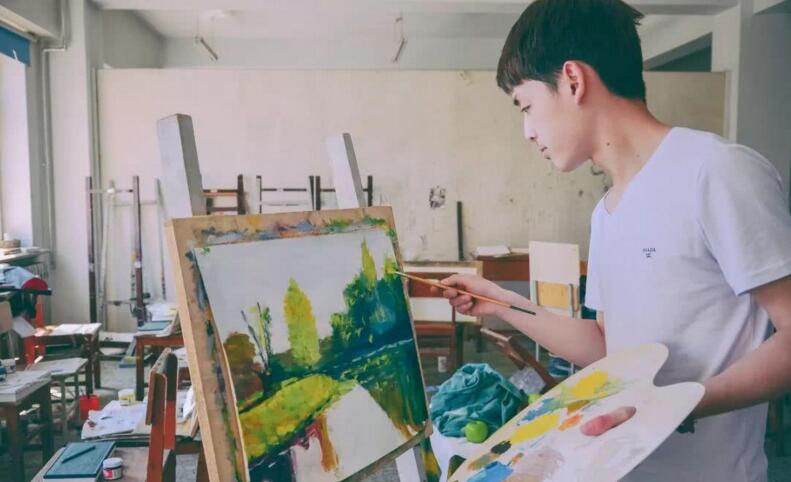 学画画最好的方法是什么
学画画最好的方法是什么
正文翻译

What is the best way to learn how to draw?
学画画最好的方法是什么?

What is the best way to learn how to draw?
学画画最好的方法是什么?
评论翻译

What is the best way to learn how to draw?
学画画最好的方法是什么?

What is the best way to learn how to draw?
学画画最好的方法是什么?
很赞 0
收藏